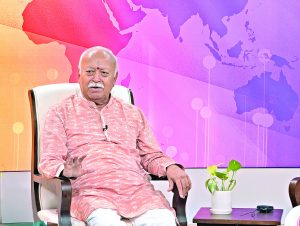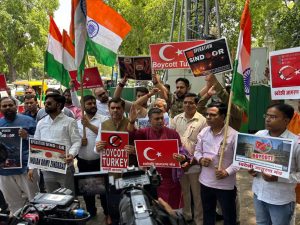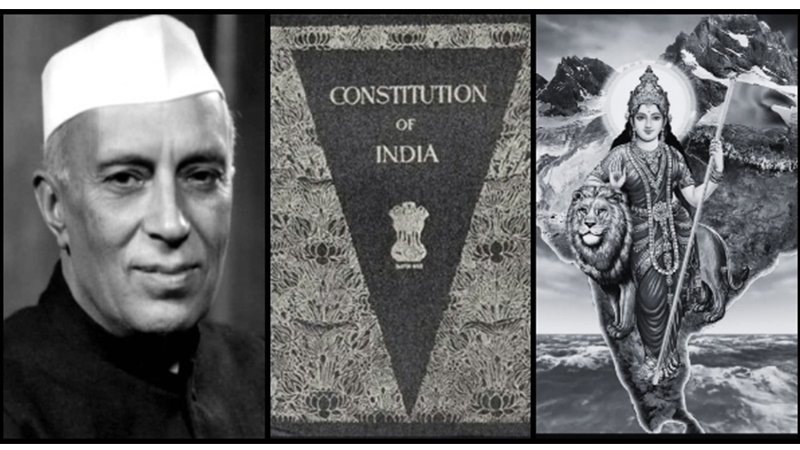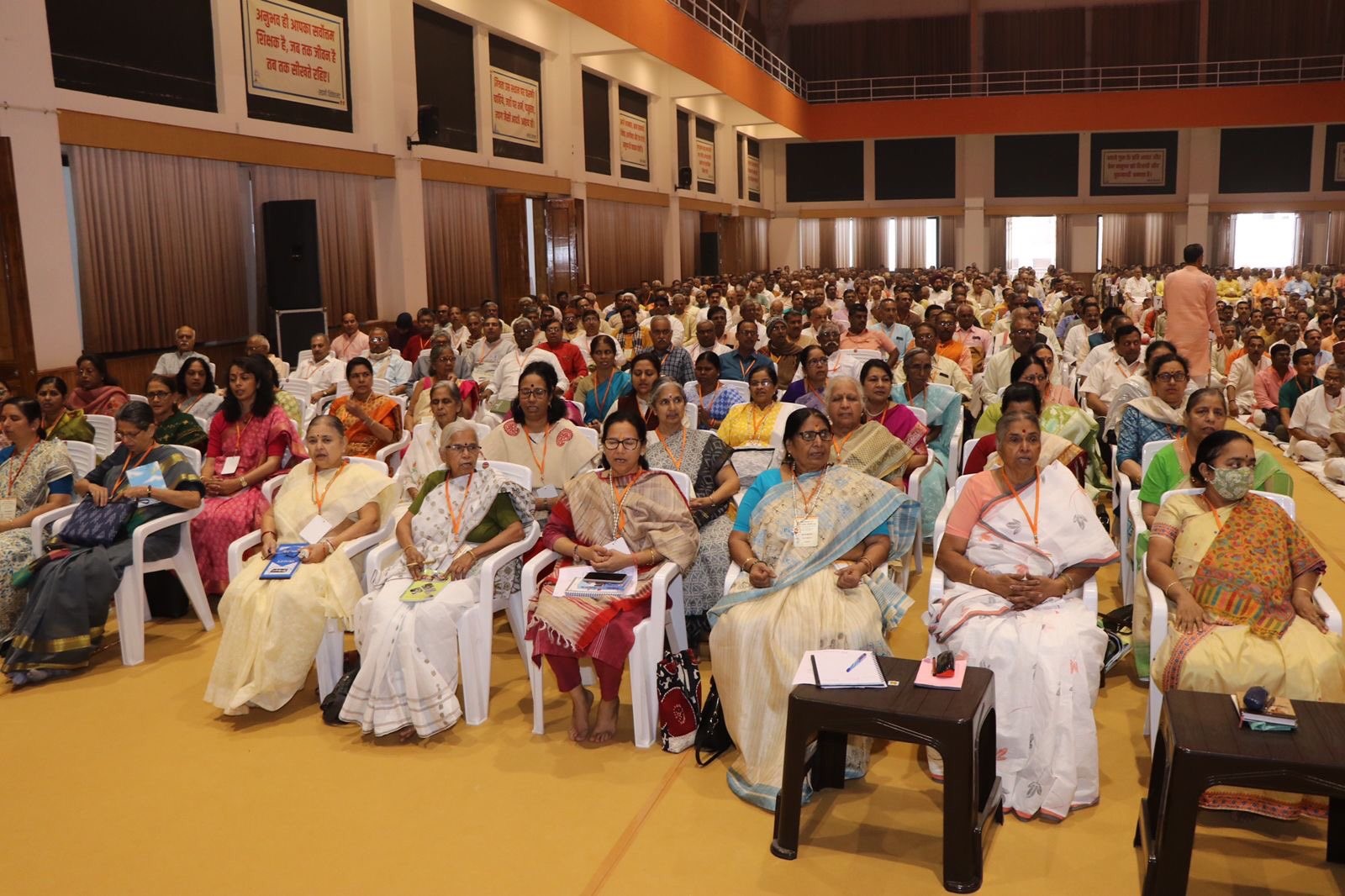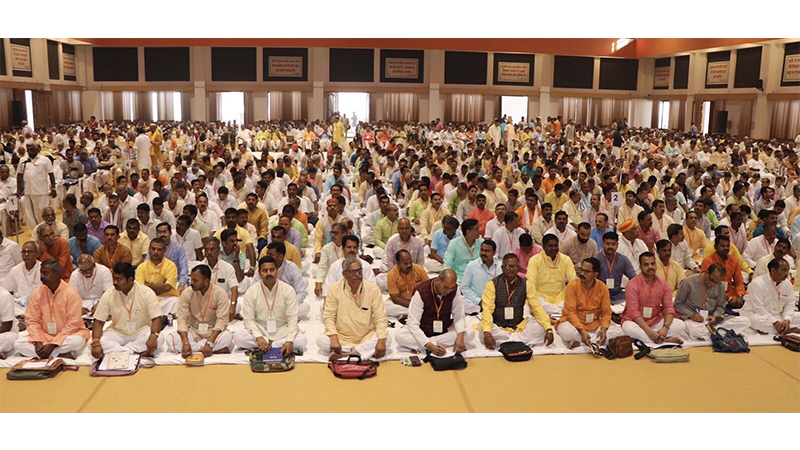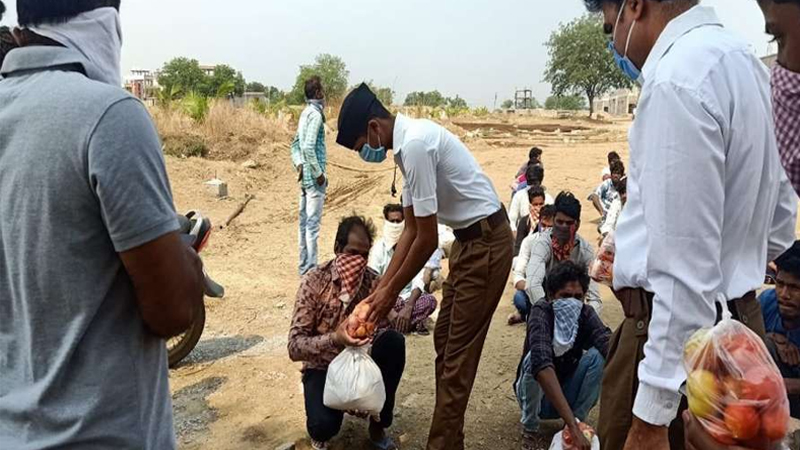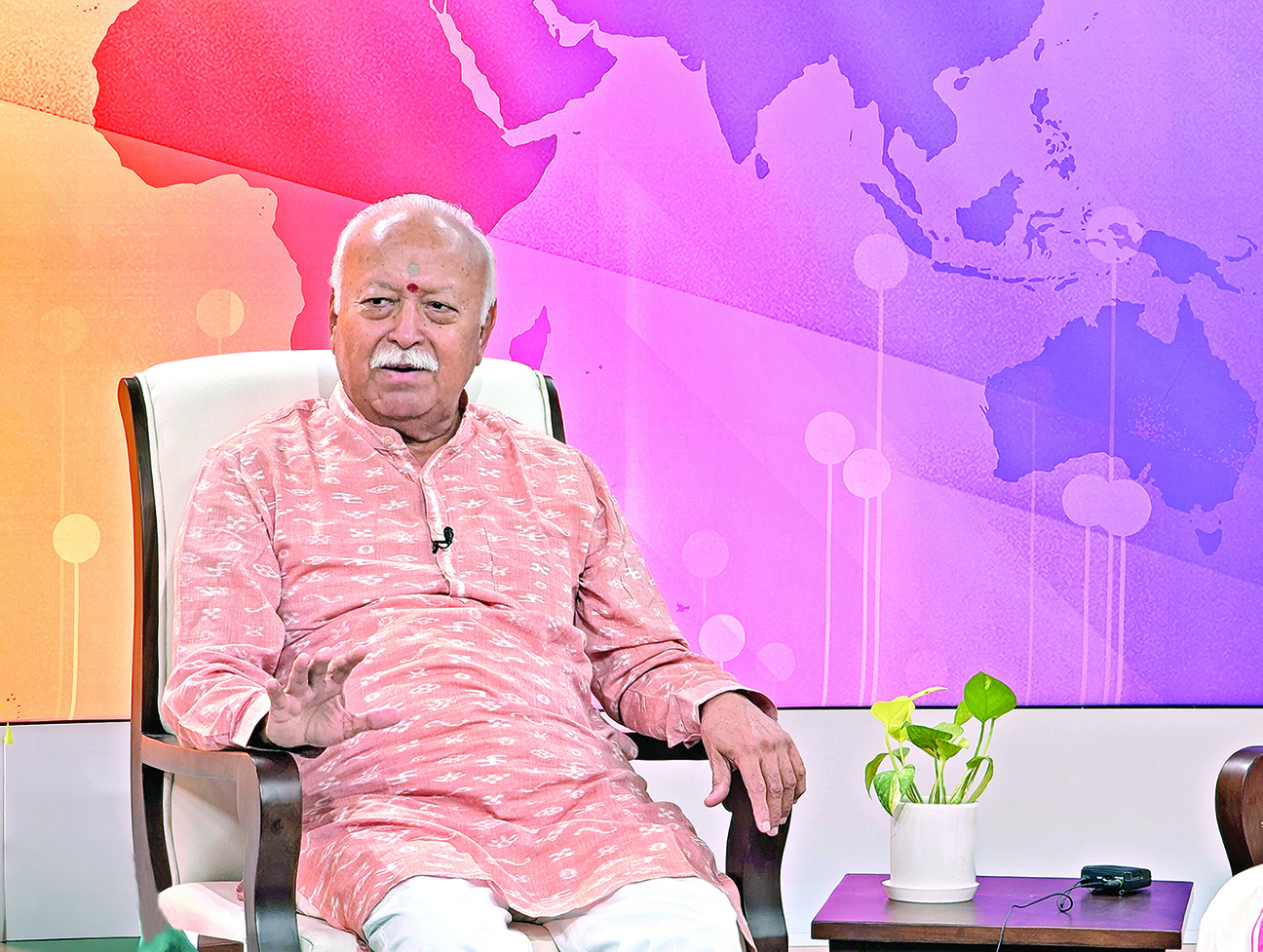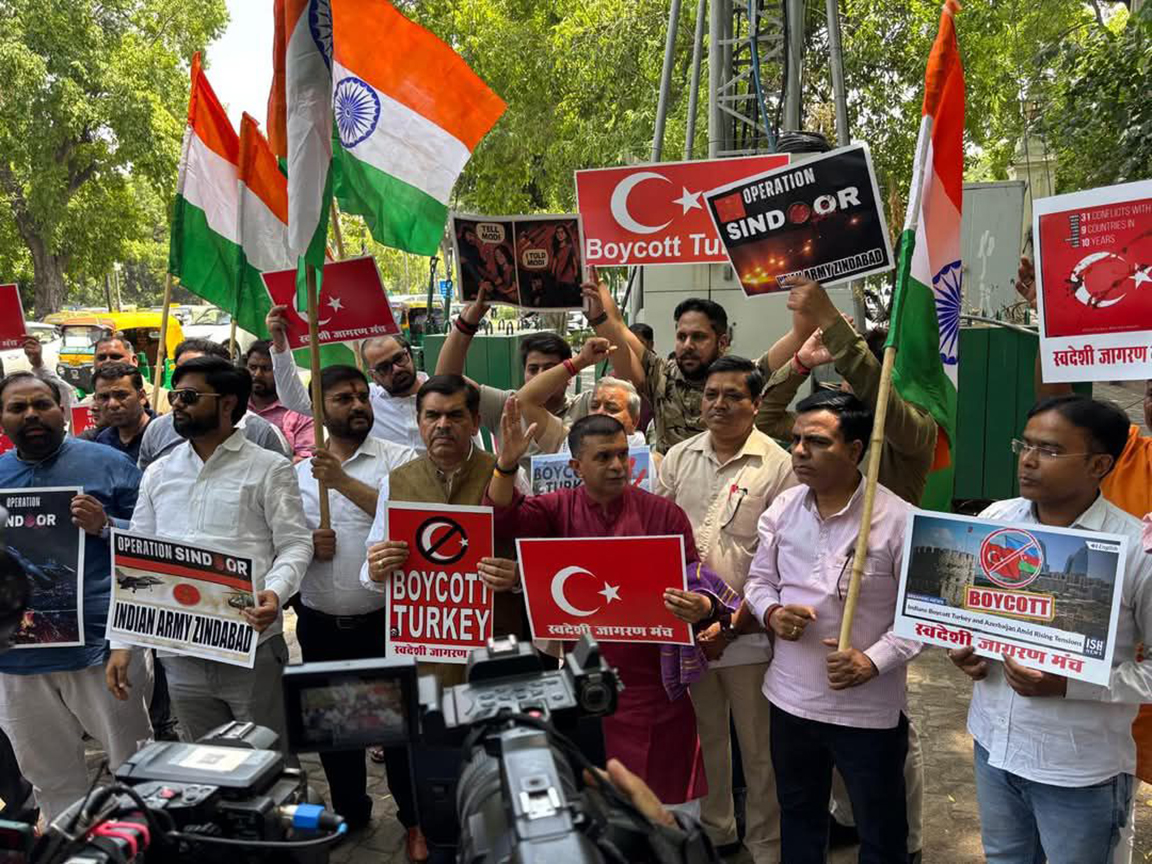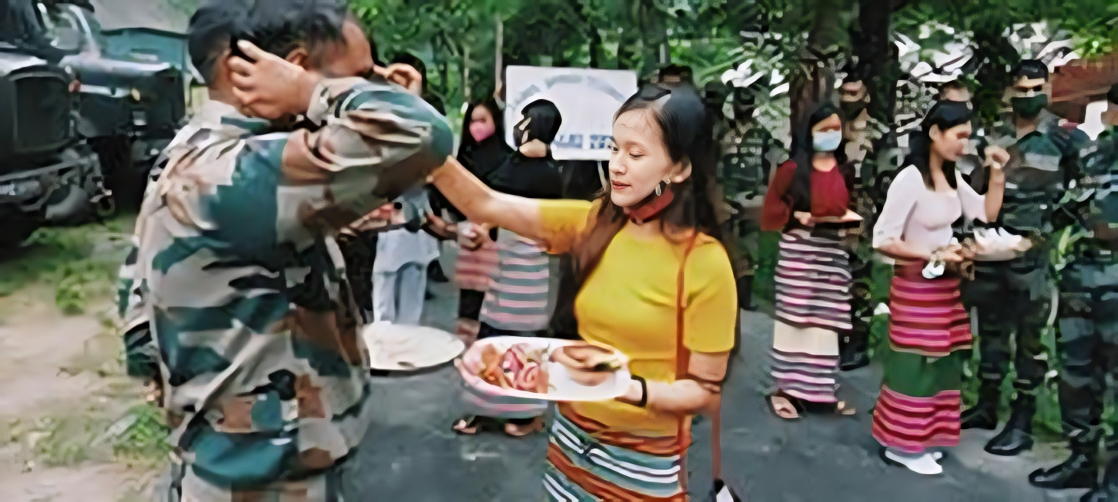Annual performance report of the RSS for 2024-25: Key Takeaways and Way Forward
Updated: March 28, 2025 1:38
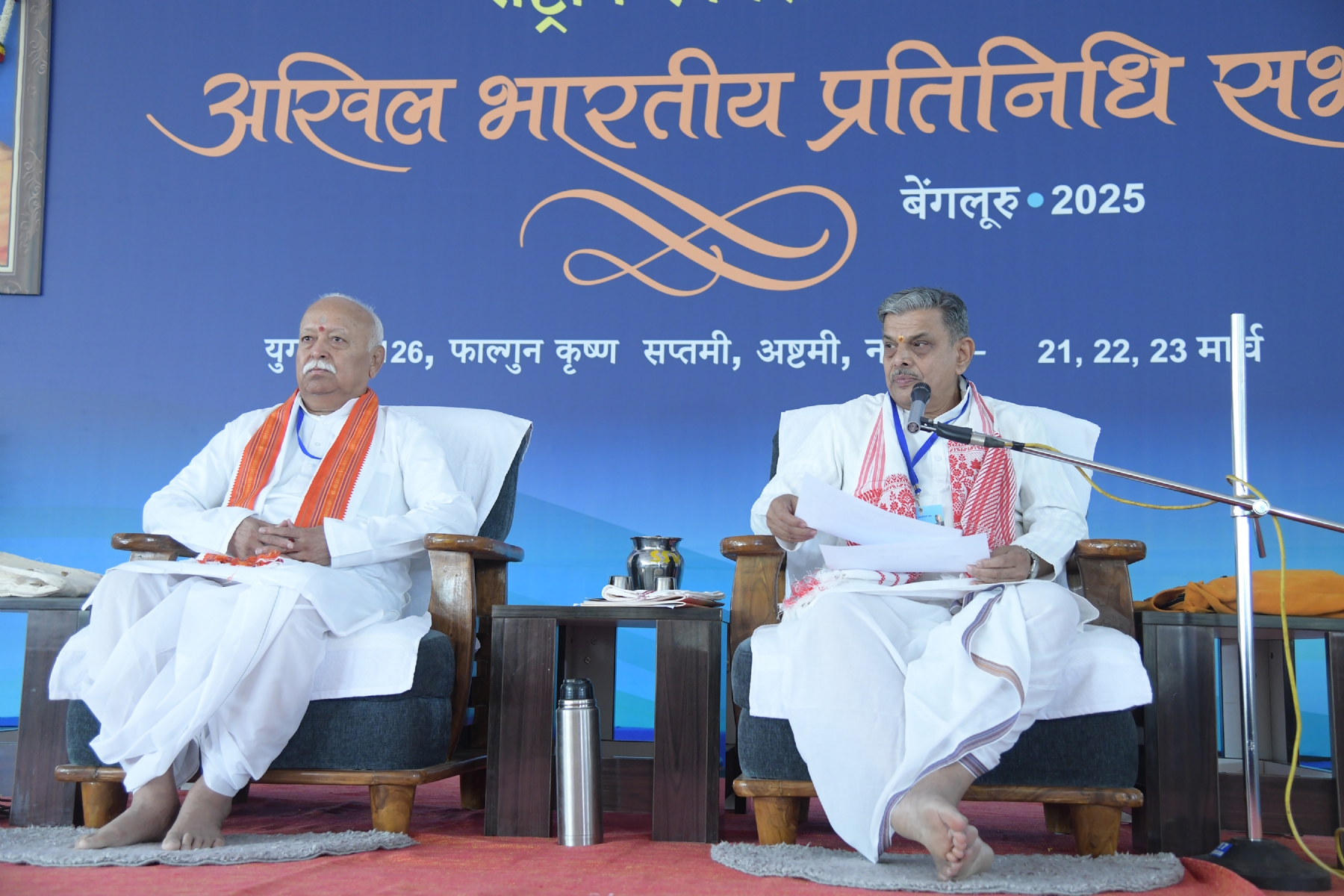
By: RSSFACTS Web Desk
Akhil Bharatiya Pratinidhi Sabha (ABPS), the top decision making body of the Rashtriya Swayamsevak Sangh (RSS) met for its annual meeting from March 21 to March 23, 2025 at Bengaluru in the Indian state of Karnataka. This meeting was held in the backdrop of the RSS completing its hundred years this year on Vijaydashami, a sacred festival of Hindus. Here are some key takeaways from the annual performance report which was placed by the RSS general secretary (Sarkaryavah), Dattatreya Hosabale in this meeting that was attended by more than 1500 delegates.
- RSS has set a target of increasing the number of its daily shakhas from around 83,000 to one-lakh in its centenary year. The number of RSS daily shakhas rose to 83,124 in March 2025, up 10,000 from 73,117 a year ago. Similarly, the number of weekly shakhas increased by about 4,000 at 32,147 during the year.
- As part of Sangh’s expansion and consolidation plan, special programmes will be organised for the youth by Prant (regional) units. Similarly, many nation-building and service activities, and Panch Parivartan programmes will be planned for the youth aged between 15-30 years by the local units as per needs. The Panch Parivartan program includes five key points for social transformation namely samajiksamarasata (social harmony), kutumbPrabodhan(strengthening of families and family values), paryavaran (environmental awareness), the insistence on ‘Swa’ (selfhood) and the duties of the citizens.
- A total of 223,000 new swayamsevaks(Volunteers) joined the RSS during the last one year. Of them, around three-fourth (163,000) were in the age group of 25-40 years, while 20,000 were above 40 years of age. A total of 4,415 introductory sessions known as Prarambhik Vargas were conducted during the period.
- RSS currently has 10 million swayamsevaks or volunteers. Of these, around 6 lakh volunteers attended daily shakhas. After their training in shakha work, they worked with different sections of the society and also participated in various social service activities.
- More than 12.7 million people have approached the RSS through the ‘Join RSS’ website since 2012. They were integrated with the RSS work. Of these, around 46,000 women, having interest in RSS work, were guided to take up various activities related to its ideology. Many were from Arunachal Pradesh, Manipur and even outside India.
- Through Seva Bharati the RSS volunteerswere involved in 89,706 social service programmes during the last one year. These included the initiatives in the area of education (40,920), medical assistance (17,461), social awareness (20,546) and self-reliance (10,779). Rural development and cow protection measures were also taken up as part of its activities.
- Karma Yogini Sanghamam programme, a programme for women social workers, organised by Seva Bharati at Kanyakumari(Tamil Nadu) was attended by over 60,000 women involved in Self-Help Group (SHG) activities.
- Special attention was paid to Samrasta (social harmony). Swayamsevaks worked in 1,084 locations to eliminate social evils, including issues related to drinking water and temple entry through various programmes. 1084 places were identified and efforts were made to eradicate wrong social practices.
- Rural mandals (blocks) were a special focus of the expansion and consolidation exercise. The number of daily and weekly shakhas in the rural areas went up by 3050 to reach 58,981 in the last one year.With a special focus on rural mandals, RSS has expanded its outreach significantly. There are currently 58,981 rural mandals, with 30,770 daily shakhas—an increase of 3,050 from the previous year. Additionally, there are 9,200 weekly shakhas, bringing the total number of activity in rural areas to 39,970.
- As many as 2,453 swayamsevaks joined as vistaraks (full-time workers for short duration) for two years to expand and strengthen RSS work.
